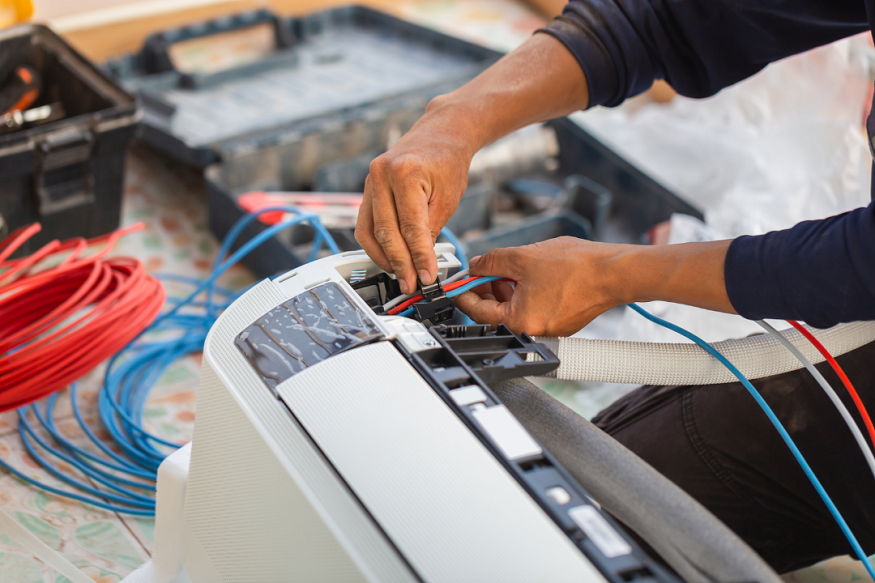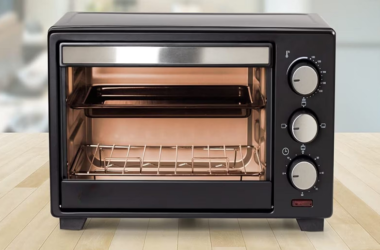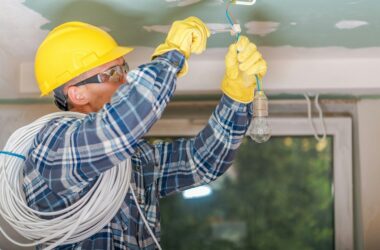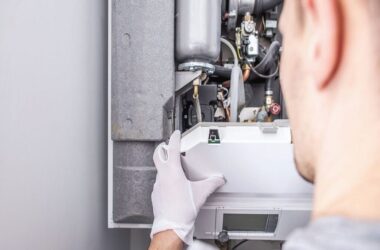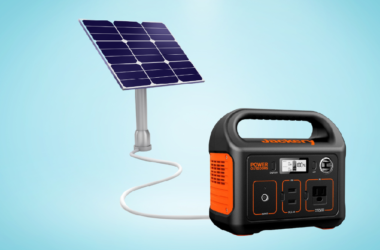When your home needs major work—like a big electrical panel upgrade or a brand-new air conditioning unit—the repair bill can be intimidating. These aren’t small fixes; they are necessary investments in your home’s safety, comfort, and value. But where does the money come from?
Most homeowners don’t have thousands of dollars sitting around to cover these expenses. Luckily, there are many ways to finance these essential home improvements. Understanding your options, especially how to use your home’s value through a home equity loan, can make these projects much less stressful.
Financing Essential Home Repairs
Before diving into the details of getting a loan, it’s good to know the common methods people use to pay for big projects like replacing an AC unit (which often costs between $5,000 and $12,000) or updating a main electrical service panel (which can run $2,000 to $6,000).
Note: Find a electrician port orange is a great way to search for an Commercial Electrician in the Daytona Beach, Florida
1. Contractor or Store Financing
Many companies that install new AC units or perform major electrical work offer their own financing plans.1
- How it Works: The contractor partners with a bank to offer you a loan. You sign the paperwork right there, and the work can begin quickly.
- The Appeal: Often, they advertise “Same-as-Cash” or “0% Interest” periods (like 6 or 12 months).2 This is great if you know you can pay off the entire amount before the promotional period ends.
- The Catch: If you don’t pay off the full balance by the deadline, you often have to pay all the accumulated interest retroactively (dating back to the day the loan started). The standard interest rates after the promotional period can also be very high. This option is best for short-term borrowing.
2. Personal Loans (Unsecured)
A personal loan is money borrowed from a bank, credit union, or online lender that is not secured by your home or any asset.
- How it Works: You apply based on your credit history and income. If approved, the money is deposited directly into your bank account.3
- The Appeal: It’s fast, simple, and you don’t risk your house if you can’t pay it back. It’s great for medium-sized costs ($5,000 to $15,000).
- The Catch: Because the loan isn’t secured by collateral (like your house), the interest rates are usually higher than home equity loans.4 The repayment terms are generally shorter, which means your monthly payment might be larger.
- Credit Cards
Using a credit card might seem easy, especially if you have a high limit, but it’s usually only recommended for small projects or if you have a promotional 0% APR offer.
- The Appeal: Immediate access to funds.
- The Catch: Credit card interest rates are often the highest form of financing. Carrying a large balance for several months can quickly make an already expensive repair even more costly.
Note: Need fast and reliable ac repair hollywood residents trust? Call City ACS in Hollywood Florida today for expert service, affordable rates, and same-day solutions to keep your home cool and comfortable!
Tapping Into Your Home’s Value: Home Equity
For larger, essential projects like a new AC or major electrical overhaul, one of the best and most common ways to pay is by using the value you’ve already built up in your home—this is called equity.
Equity is the difference between what your home is currently worth and how much you still owe on your mortgage.5 If your house is worth $300,000 and you only owe $150,000, you have $150,000 in equity.
A Home Equity Loan or a Home Equity Line of Credit (HELOC) allows you to borrow against this equity.6 Since your house secures the loan, lenders see it as less risky, and you get a much better interest rate compared to personal loans or credit cards.7
The Home Equity Loan (Second Mortgage)
A Home Equity Loan is often called a “second mortgage.”
- How it Works: You borrow a lump sum of money all at once, which is paid to you when the loan closes.8 You then repay that fixed amount over a set period (often 5, 10, or 15 years) with a fixed interest rate.
- The Appeal: You get all the money immediately, which is perfect when you know the exact cost of a big project, like replacing the AC unit. The fixed interest rate means your monthly payment will never change.9
- How to Qualify: You need good credit, a stable income, and sufficient equity in your home (lenders typically allow you to borrow up to 80% of your home’s total value, minus what you still owe on your first mortgage).10
The Home Equity Line of Credit (HELOC)
A HELOC is different because it acts more like a credit card that uses your home as collateral.11
- How it Works: The lender gives you a line of credit, or a maximum amount of money you are allowed to borrow. You only draw money out as you need it, and you only pay interest on the amount you actually use.
- The Appeal: It’s flexible. If you have several projects planned over time, or if your electrical work ends up costing more than expected, you can access the extra funds instantly. During the initial “draw period” (usually 10 years), you may only have to pay interest on the money you’ve used.12
- The Catch: The interest rate is usually variable, meaning your monthly payment can change if the overall market interest rate goes up.
Note: We are a quality mortgage brokerage firm in South Florida that provides great, competitive rates with flexible types of loan packages. Need a mortgage lender boynton beach click here.
Step-by-Step: How to Get a Home Equity Loan or HELOC
The process of getting a home equity product is similar to getting your original mortgage, though usually faster. Here are the key steps a homeowner takes:
Step 1: Check Your Home’s Equity
First, determine how much equity you actually have.
- Find the Value: Look at similar homes that have recently sold in your neighborhood (called comparables) or pay for a professional appraisal to estimate your home’s current market value.
- Check the Debt: Find your current mortgage payoff amount.
- Calculate Equity: Subtract the debt from the value. For example: ($300,000 Value) – ($150,000 Debt) = $150,000 Equity.
- Lender Limit: Lenders usually want the total debt (first mortgage + new loan) to be no more than 80% of the home’s value.13 In the example above, 80% of $300,000 is $240,000. S14ince you already owe $150,000, the maximum you could borrow is about $90,000 ($240,000 – $150,000).15
Step 2: Review Your Credit and Documents
Lenders need to see that you are responsible with debt. A good credit score (typically 680 or higher) will get you the best interest rates.
You will need to gather documents that prove your ability to repay the loan, such as:
- Proof of income (pay stubs or tax returns).
- Proof of insurance on the home.
- Your current mortgage statements.
Step 3: Compare Offers
Don’t just take the first offer you see! Different banks, credit unions, and online lenders will offer different interest rates and fees for both Home Equity Loans and HELOCs.
- Look closely at the interest rate and whether it’s fixed or variable.
- Check for upfront costs, such as closing costs or appraisal fees. Sometimes lenders will waive these fees, especially if you have an excellent credit score.
Step 4: Appraisal and Closing
Once you choose a lender, they will order a professional appraisal of your home to confirm its value. After the appraisal is complete and the paperwork is finalized, you will sign the closing documents.
- If you chose a Home Equity Loan, the money will be sent to your account in a lump sum.16
- If you chose a HELOC, the line of credit will be opened, and you can start drawing funds as needed to pay your electrical or AC contractor.
By understanding these various options, especially the power of your home’s equity, you can confidently move forward with those necessary electrical upgrades and keep your home cool and safe for years to come.

